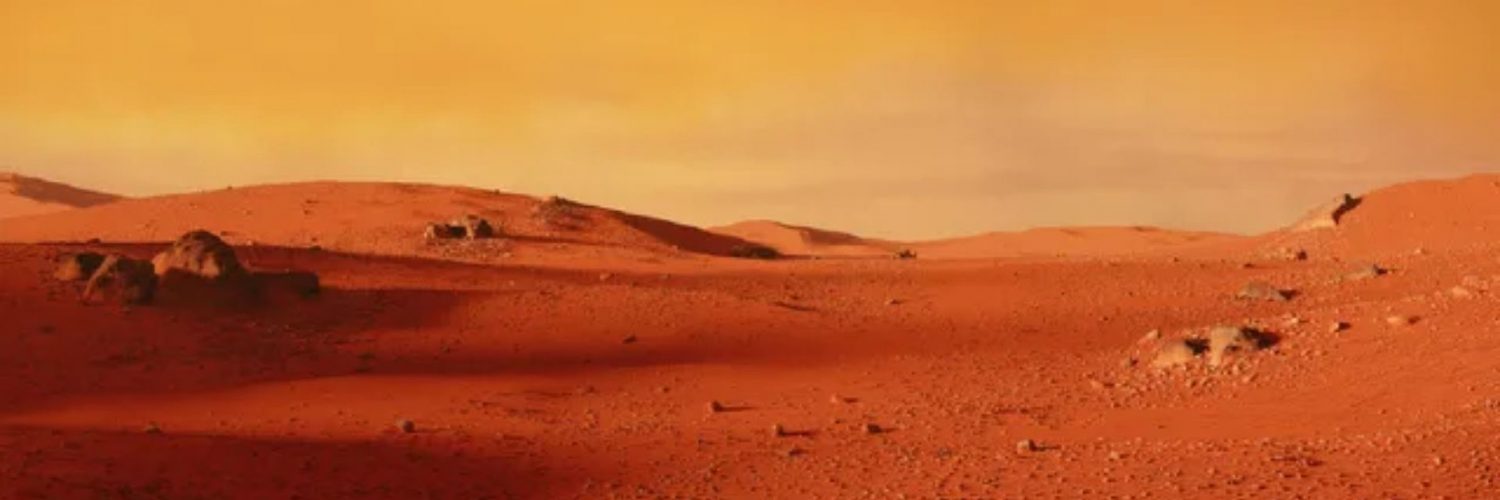by Vittorio Bollo
The potential colonization of Mars is a seductive premise for many people. An ever-growing global population, dwindling natural resources, and the constant threat of climate collapse has spurred the great and the good to not only imagine a future for human settlements in places like Mars, but to actively explore and invest in those possibilities.
Everything to do with Mars seems increasingly possible with the acceleration of robotics, artificial intelligence (AI), and neural networks in recent years. However, there are serious setbacks to the highly-anticipated, enthusiastically debated idea of colonizing Mars. This article will explore three principal reasons why colonizing the red planet may not be so viable after all.
Money, Money, Money
In 2015, NASA released a 36-page report titled NASA’s Journey to Mars: Pioneering Next Steps in Space Exploration that detailed its plan for a settlement on Mars. The agency concluded the report with: “NASA’s current investments in exploration capabilities and the decisions being made today are crucial to achieving our common goal: extending human presence into the solar system and to the surface of Mars.” Tellingly, what the NASA report failed to include was an even cursory breakdown of what this three-phased ‘journey to Mars’ would actually cost.
Elon Musk, founder and CEO of SpaceX, is the leading champion of a mission to populate Mars among the billionaire class of the 2020s. Musk believes that a human settlement (‘city’) on Mars is not only be possible but will also be the single-biggest construction project ever undertaken by humans. And the estimated cost? Even Musk doesn’t have a sound idea, bluntly stating on Twitter in August 2019 that the price tag on his Martian settlement could be anything from $100-billion to $10-trillion, surely the widest cost variation ever quoted in human history.
These Boots Were (Not) Made For Walking
Mars is not kind to the human body. Gravity on Mars is substantially lower than that on Earth, which means the human body almost immediately becomes weaker on Martian soil. A study by the University of California San Francisco (UCSF) put it bluntly: traveling to Mars will wreak havoc on our bodies, from our cardiovascular system to our bones. Thomas Lang, a professor of radiology and biomedical imaging at the university stated how, “People think of technology as the limiting factor in space flight, but it’s not. Human physiology is the limiting factor.”
Furthermore, radiation poisoning on Mars is a very real threat, since the planet has no protective ozone layer. That means UV radiation from the Sun beats down on the planet, unhindered and immensely stronger. These UV blasts also impact the quality of Martian soil, which NASA itself recognized as being a limiting factor regarding a Martian habitat.
Terraformation? Think Again
The notion of the ‘terraformation’ of Mars, by which Mars is made more ‘Earth-like,’ and thus more hospitable for humans, has been made moot. Researchers Robert Zubrin and Chris McKay wrote a seminal paper in 1993 espousing some possibilities for terraforming Mars. One solution included giant orbital mirrors in space that would reflect sunlight onto the planet, thereby raising its temperature. Perhaps the most touted idea was to melt the frozen water on the planet into the atmosphere, allowing for the warming of the planet’s atmosphere and cloud formations.
By 2018, NASA acknowledged that current technology wouldn’t make terraformation possible on Mars. That included the oft-touted concept of releasing CO2 into the Martian atmosphere by melting the ice on the planet. According to Bruce Jakosky of the University of Colorado in Boulder, the lead author of the NASA-sponsored study that appeared in the journal, Nature Astronomy, the results suggested that there is not enough CO2 remaining on Mars to provide significant greenhouse warming were it possible to release the gas into the atmosphere. Furthermore, according to Jakosky, most of the CO2 gas on Mars is inaccessible. Therefore, the terraformation of Mars could not be possible with contemporary technology.
The dream of a viable, permanent colony on Mars may yet remain just that – a dream. Spending billions and even trillions of dollars to send a tiny percentage of humans to live on a frankly hostile planet could be considered financially indefensible and even borderline unethical by many people.
It could be justifiably argued that the colonization of Mars is simply not a priority for those living on a planet with a degraded biosphere and a multitude of socio-economic and other problems. The idea of spending fortunes to send just a rich or ‘lucky’ few to a nearby planet may become oddly archaic. The focus should probably remain on preserving what we have right here.









